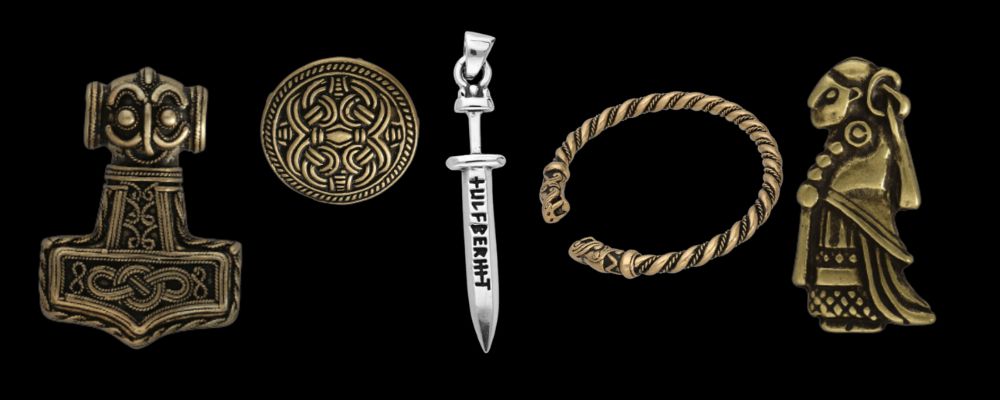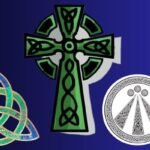
In Norse mythology, the concept of the soul is not a singular, unified entity but a composite of various elements, each with its unique role and characteristics. In fact, the old Norse word for soul, sál, was only created after the Vikings started to convert to Christianity.
This article delves into the intricate Norse understanding of the soul, exploring the four key components: Fylgja, Hamr, Hugr, and Hamingja.
Fylgja: The Guardian Spirit

The Fylgja, translating to “follower,” is perhaps one of the most captivating aspects of the Norse soul. It is a personal spirit, often seen as an animal or occasionally in human form, closely linked to a person’s fate and character. The Fylgja is not only a guardian but also a part of the person’s spiritual essence.
The Fylgja often appears in the form of an animal, reflecting the character and destiny of the person it follows. In some narratives, it appears in human form, often as a female figure. The Fylgja is not just a guardian but is considered an integral part of a person’s life, embodying aspects of their soul and personality. It is closely linked to the individual’s fate, foretelling significant events or death.
The Fylgja appears in several Norse sagas and texts. In Njál’s Saga, the Fylgja manifests in dreams or visions, often predicting future events or calamities. For instance, a character dreams of a group of women entering the house, with one of them, interpreted as a Fylgja, predicting the burning of the house.
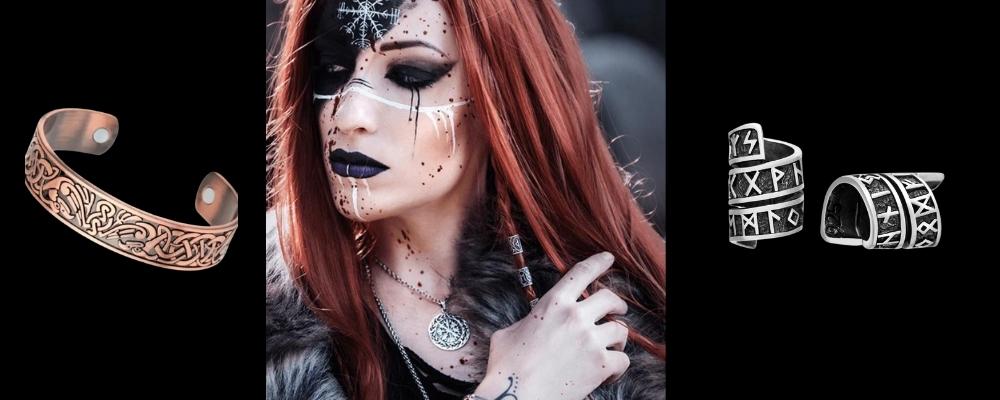
In Egil’s Saga, Egil Skallagrimsson encounters visions of his daughter’s Fylgja, described as a large, grim-looking woman, which is an omen of the daughter’s impending death. In Grettir’s Saga, Grettir Ásmundarson experiences encounters with various fylgjur, which often appear as foreboding signs or representations of familial fate.
The appearance of one’s Fylgja, especially during the day or to others, was considered a bad omen, usually signifying impending death or misfortune.
In some Norse beliefs, the Fylgja was thought to be inherited, passing down through generations within a family, thereby connecting it to ancestral lineage and heritage.
The animal form of the Fylgja often symbolizes the nature and characteristics of the person it follows, serving as a mirror to their inner self.
Hamr: The Shape-Shifting Aspect

In Old Norse, ‘Hamr’ means ‘shape’ or ‘skin’. It signifies the physical form or appearance of a person and, more intriguingly, the ability to alter that form, a concept closely tied to Norse shapeshifting beliefs.
The Hamr is primarily associated with the ability to shape-shift or change one’s physical appearance. This power was often seen as a sign of spiritual potency and was a characteristic of certain legendary beings and skilled practitioners of magic.
The concept of the Hamr is vividly depicted in several Norse sagas. In the Völsunga Saga, Sigmund and Sinfjötli don enchanted wolf skins that transform them into wolves. This ability is pivotal to their adventures and reflects the deep connection between their physical forms and their inner natures.
In the Saga of King Hrolf Kraki, Björn, a prince, is cursed by his stepmother to become a bear. This transformation, tied to the concept of Hamr, illustrates the literal and figurative overlap between human and animal characteristics in Norse mythology.
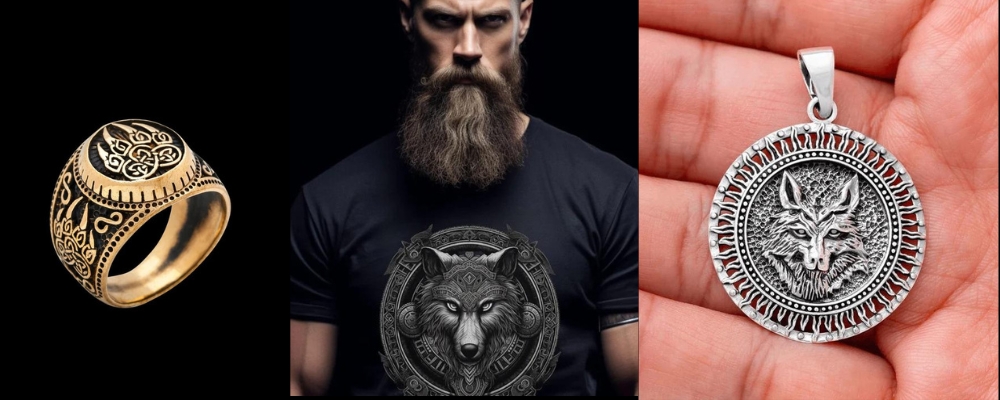
In Egil’s Saga, Egil Skallagrimsson, the protagonist, is hinted at possessing the ability to change his Hamr, especially during his berserker rages, where his physical appearance is described as fearsome and more than human.
The Hamr represents the connection between the physical and spiritual worlds. The ability to change one’s Hamr was not just a physical transformation but also a spiritual journey, reflecting a deeper understanding of the self and the universe.
Warriors known as berserkers (bear-shirt) and úlfhéðnar (wolf-coat) in Norse culture are often associated with the concept of Hamr. They were believed to take on the qualities of bears and wolves, respectively, during battle, symbolizing the ferocity and strength of these animals.
The Norse also believed that the Hamr could leave the body during sleep or trance states, allowing the spirit to travel independently. This aspect underscores the fluid Norse perception of reality and the boundaries between physical and spiritual existence.
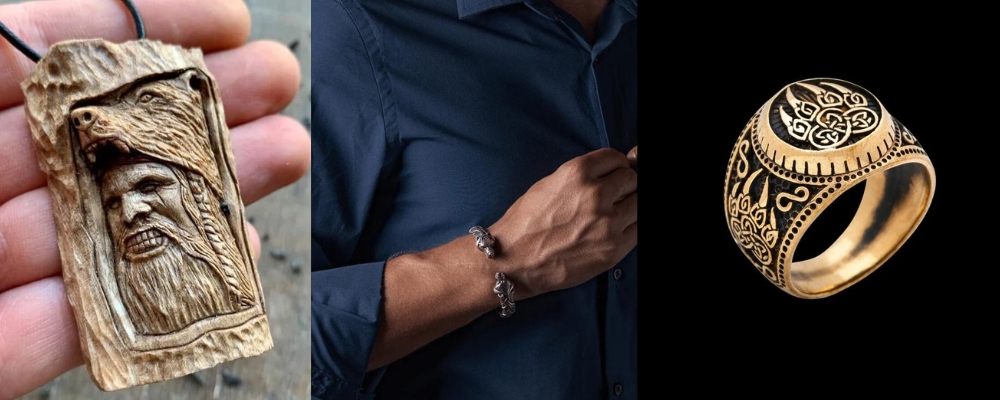
Hugr: The Mind and Thought
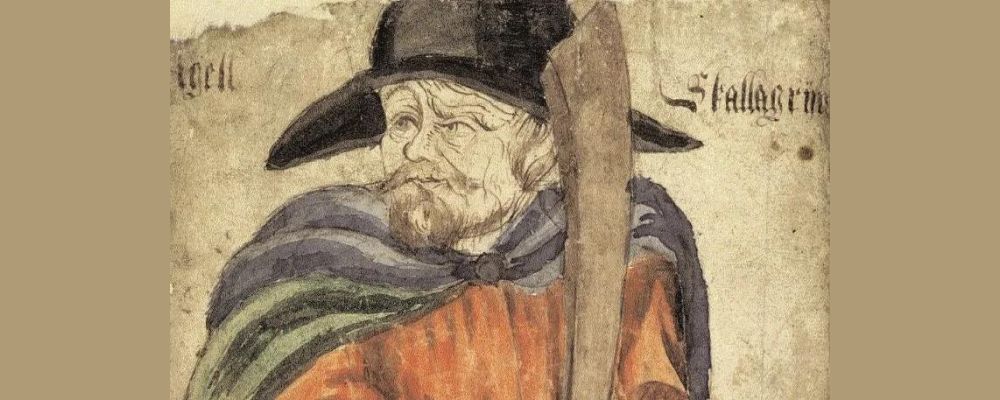
The term ‘Hugr’, in Old Norse, is often translated as ‘mind’, ‘thought’, or ‘spirit’. It embodies the mental and emotional components of a person, including consciousness, thoughts, feelings, and desires.
Unlike the physical aspect of a person, the Hugr is intangible and closely related to one’s inner life and personality. It is also associated with the cognitive processes that guide behavior and decision-making.
References to the Hugr are found in several Norse texts. In Grettir’s Saga, Grettir Ásmundarson experiences profound moments of intuition and premonition, which can be interpreted as manifestations of his Hugr. These experiences provide insights into his character and foreshadow events in the saga.
In the Saga of the Volsungs, the thoughts and emotions of the characters, indicative of their Hugr, drive the plot forward. The internal struggles, particularly in the context of familial and romantic relationships, highlight the significant role of the Hugr in determining actions.
In Egil’s Saga, Egil’s complex personality, characterized by deep emotions and intellectual prowess, exemplifies the concept of the Hugr. His poetry, especially, is a direct expression of his inner thoughts and feelings.
The Hugr is often seen as interconnected with a person’s fate or destiny. The thoughts and desires that stem from the Hugr can lead to actions that shape an individual’s path in life.
In Norse belief, dreams were considered a manifestation of the Hugr, offering insights into a person’s deeper desires, fears, or premonitions about the future.
The Hugr was also associated with mental fortitude and emotional resilience. A strong Hugr was admired and seen as essential for overcoming challenges and adversity.
Hamingja: The Embodiment of Luck and Fortune

The term ‘Hamingja’ in Old Norse is often translated as ‘luck’, ‘fortune’, or ‘fate’. It embodies the aspect of the soul associated with an individual’s or a family’s fortune and prosperity.
Hamingja is not merely about random luck but is seen as a tangible, influential force that can be strengthened, weakened, inherited, or even transferred. It is deeply intertwined with one’s actions and moral character.
The concept of Hamingja is evident in Norse sagas. In Njál’s Saga, Njál himself is seen as having strong Hamingja, which is reflected in his wisdom and the respect he commands. The saga also explores how actions and honor can affect one’s Hamingja.
In the Saga of the Volsungs, the varying fortunes of the Volsung family, including Sigurd’s rise and fall, can be interpreted through the lens of Hamingja. The saga suggests that Hamingja can be strong but is also vulnerable to the whims of fate and the actions of others.
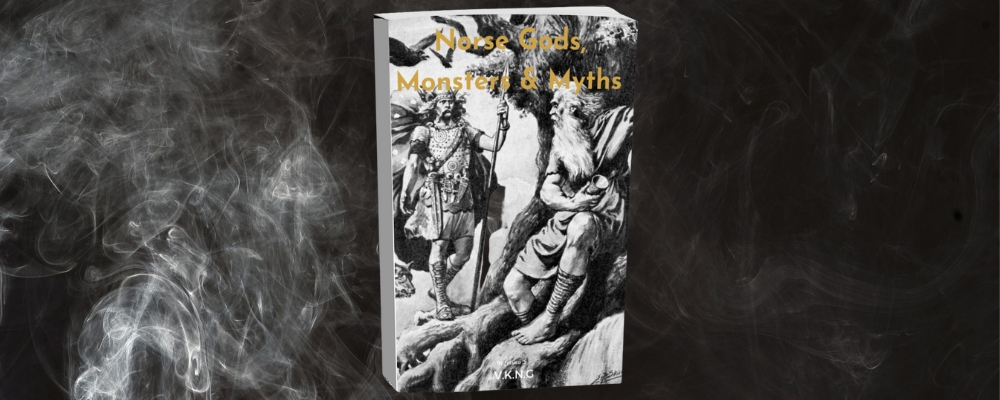
In Egil’s Saga, the concept of Hamingja is evident in the portrayal of Egil Skallagrimsson and his family. Their varying fortunes, successes, and failures throughout the saga can be attributed to the strength or weakness of their Hamingja.
The Hamingja is closely connected to the idea of fate and one’s moral actions. It suggests that while some aspects of fortune are predetermined, actions and ethical conduct can significantly influence one’s Hamingja.
Hamingja was believed to be inheritable, passing down through generations. This aspect highlights the importance of family legacy and ancestral honor in Norse culture.
Sometimes, the Hamingja was thought to manifest physically, often as a guardian spirit or in dreams, providing guidance or omens.
Integrating the Elements: A Composite Soul
The Norse concept of the soul, with its various components, paints a picture of a multifaceted spiritual existence. Each element – Fylgja, Hamr, Hugr, and Hamingja – contributes to the individual’s interaction with the world, both physically and spiritually. This composite view underlines the Norse belief in the complex nature of existence and the interconnectedness of all things.
